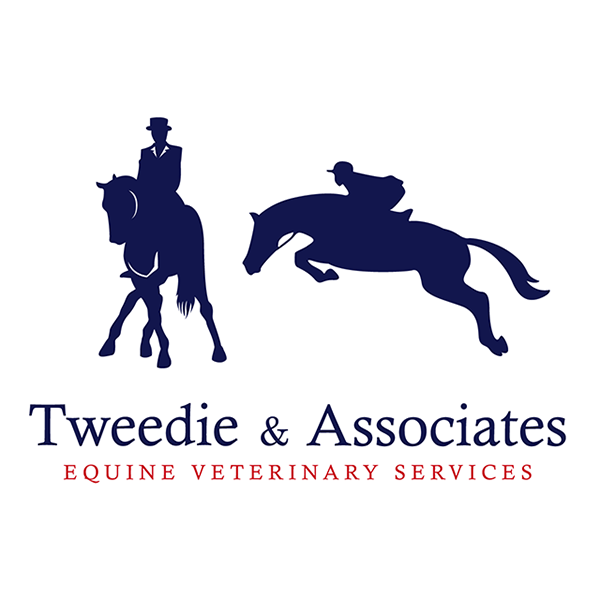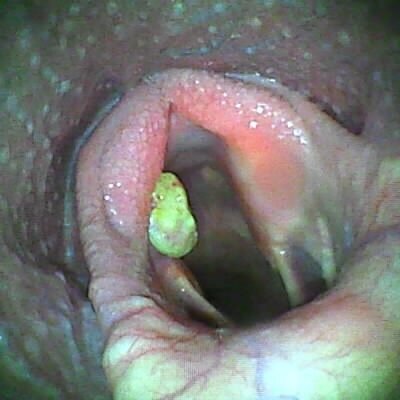
Endoscopy
Endoscopy allows us to see in the nasal cavity, pharynx, throat and down in to the lungs. We are equipped with multiple endoscopes that can be used in a variety of situations. Majority of our endoscopy is performed using video endoscopy so that you as a client can see what we are seeing. Recording images allows all images to be saved with your horse’s file.
There are multiple times when we would use an endoscope to assess for some of these conditions:
An abnormal noise being made at exercise.
A coughing horse.
Investigation of a horse that has a respiratory condition.
Investigating a nasal discharge.
All of these conditions will benefit from an endoscopic examination.
Arytenoid Chondritis
This horse presented with lots of coughing after exercise. The large green structure growing on the cartilage of the throat is a condition called Arytenoid Chondritis. This is an infection in the cartilage of the throat.
Treatment is often hard and extensive. It requires long term antibiotic therapy for a period of 4-6 weeks, combined with regular assessments to ensure treatment is progressing well.
We are unsure of the cause of the condition but there has been a suggestion of a link between the condition and stalky hay.
Mucous in the trachea
This horse presented as an exercise intolerance issue. The horse was bright and alert and no temperature. The respiratory rate at rest was elevated. Normal is around 12 breaths per minute, this horse was presenting at 24 breaths per minute.
An endoscope exam showed a lot of mucous in the trachea as seen here. After sampling this it was found to be a condition called Inflammatory Airway Disease.
After environmental changes such as decreasing dust , and a targeted treatment strategy this horse made a full recovery.
Book a Endoscopy Appointment
info@tevs.com.au
03 59775250
Somerville, Victoria



